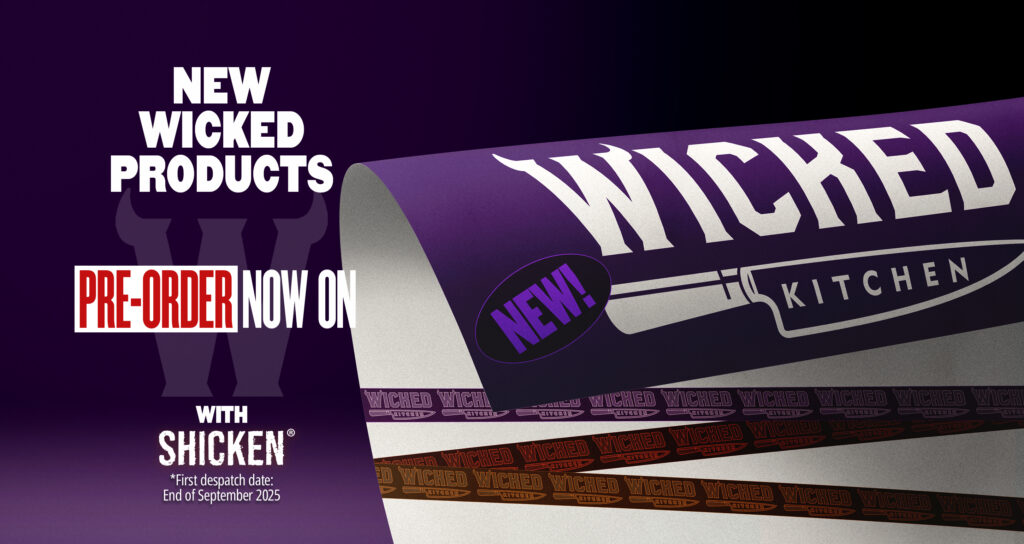How to Temper Chocolate
© 2025 Wicked Foods Inc. All rights reserved.
Tempering chocolate is what gives it the snap, shine, and stability you know and love from chocolate. Chocolate that is not tempered will be dull, crumbly, and unstable at room temperature. There are many ways on how to temper chocolate and, in this post, I will outline the easiest method and explain what tempering actually means.
Ingredients
- 200g chocolate
- 1L or larger mixing bowl
- Spatula
- Thermometer
Tools
- Thermometers
- Infrared
- Probe
- Mould of your choice
Instructions
- Firstly you’ll need to melt your chocolate to 46c-48c and there are several ways to do this. Small bursts in the microwave, over a double boiler, or in the dehydrator.
- Personally, I melt my chocolate in a frying pan over low heat on my induction hob or in the dehydrator on 80f for about 1 hour.
- It’s important not to heat the chocolate above 55c-65c or it will burn and be unsavable.
- Once the chocolate has reached the desired temperature, remove it from the heat and transfer it to the large stainless steel or plastic mixing bowl.
- If transferring the chocolate from a double boiler, be sure to dry the bottom of the bowl before pouring so you don’t get water in the chocolate.
- Now begin to stir the chocolate with a spatula using the full circumference of the bowl. This will help it cool faster.
- Once the chocolate reaches 27c-28c bring the temperature back up to 31-32c using a hairdryer, heat gun, double boiler, or microwave.
- The chocolate is now ready to use.
- If you’d like to check the temper before using the chocolate, you can do so by dipping an offset spatula into the chocolate and setting it in the fridge for 2 mins. If the chocolate loses shine within that 2 mins, it’s good to go. If it’s not set after that time, you may need to re-temper it or try bringing it down to 27c-28c and back up t0 31c-32c again.
- When ready, pour the chocolate into the mould cavities, tap to release air bubbles, and then set in the fridge 5 – 10 mins and an additional 1 hour – overnight at a room temperature of no more than 22c.
Notes
Why Temper Chocolate
If you’re going to temper chocolate it will be helpful to understand why it’s necessary and what it does to the chocolate.
Tempered chocolate is snappy, shinny and contracts away from the mould.
Chocolate is formed of six different crystalline structures and the one we need for snappy, shiny chocolate is the beta crystal. This is achieved by TTA (temperature, time, and agitation) we’ll come back to that in a moment.
When chocolate is not in temper, you have all the different crystals present. Which is why the chocolate will bloom, feel and look crumbly, have a ‘fudgey’ consistency, melt in your hand, and isn’t stable at room temperatures above 20-22c.
I think of the crystals as puzzle pieces. If you don’t take the time to assemble them correctly, the pieces don’t fit, the completed puzzle is not stable and will fall apart and it doesn’t look right.
The crystals in chocolate begin to separate at 33c-35c and completely separate when heated to above 45c, but no higher than 55c as the chocolate can burn.
From there, TTA comes into play. Now it’s time to agitate the chocolate, or keep it in motion, until it comes down to 26c-28c and then back up to 31c.
Flexible Spatulas
Mini – good for tempering small batches of chocolate or coloured cocoa butters
Large – good for tempering larger batches of chocolate, upwards of 300g or so
Mixing Bowls
I use both very large, 10L capacity stainless steel bowls and smaller 3L mixing bowls when tempering and working with chocolate
The larger the bowl, the faster it tempers.
Personally, given the way I temper, I use a SS bowl lined with silicone as it stops the bowl from swirling around when I need to use the heat gun to heat it up.
Moulds
Polycarbonate moulds or Professional moulds are the ones I use and my preferred brand is Chocolate World.
These moulds are made in Belgium and distributed worldwide.
Choose moulds that are plain in design when first starting out as they’re easier to learn with.
Avoid moulds with intricate designs or sharp turns and edges until you are confident in your skills.
Go for clear moulds, not white ones as you cannot see through them and they are notoriously more difficult to work with and attain a good temper with. Not sure why.
Find it online: https://wickedkitchen.com/how-to-temper-chocolate/
